Last week we took a look at how we at Beerblefish design our range of Heritage Ales. This week, we’re moving onto how we create our contemporary beers. The current trend for drinkers wanting new and exciting beers all of the time means that we do a lot more of this than we do designing new heritage brews. It’s led us to creating a couple of series of beers where we only change one variable.
The first of those series to come about was our Hoppy Pale Ale series. The brews are simply numbered in sequence and are designed to showcase hops and not the yeast or malt. The malt bill is 100% extra pale malt and we stick to a one hour boil time, pitching at 20 degrees Celsius for a clean fermentation – unlike our heritage brews, we’re not looking for the funky yeast flavours we can get by experimenting with fermentation temperature.
We usually select two or three hops to include, carefully deciding (by smell) which of the hops we have in stock work well together. If there’s an exciting new hop out that we haven’t tried before, we might order it in and include it.
Following on from the success of the Hoppy Pale Ale series, we’ve got its first younger sibling, Hoppy Little Fish No.1, in the fermenter at the moment – this will be the first of our new series of table beers, still showcasing hops but at a lower ABV. Look out for it in a week or two!!
Our contemporary range isn’t all about hoppy pales, though. James Atherton, Beerblefish founder and MD, has an eclectic palate and likes to make a variety of styles, including stouts and milds. He says, “I generally don’t like to use roasted malts in dark beers. I prefer using chocolate malts for the softness they give in the flavour and mouthfeel.” He thinks this is a particular benefit when making a fruity stout, where it’s better to have chocolate and coffee notes, not burnt bitter notes.
Beerblefish occasionally ventures into lager, too. In that regard, we’re very traditional, and like to observe the German beer law, the Reinheitsgebot, even though we’re definitely not required to! We use German lager yeast, lager malt and we always use noble hops for bittering and at flame-out. We normally brew our lagers in winter, not summer, because the lager yeast is resilient to the colder temperatures and will still finish fermenting even when it’s freezing outside.
One part of the design process that James (and the rest of the team) always enjoy doing is grabbing 20 examples of the style of beer being created and sipping through them while making tasting notes. We can usually tell within a few minutes what malt bill, flame-out hops and style of yeast have been used and sometimes the rough temperature it’s been fermented at. However, sometimes there will be an enigma of a beer that’s more difficult to work out and there has been more than one time that James has woken up in the middle of the night with a Eureka moment, having realised what the hop he’d missed was.
This isn’t to say, of course, that beer design should be simply about copying other beers, but it would be a foolish brewer who ignored the best examples of a style when trying to create a new recipe. It also helps to stimulate the imagination, so that new styles can be created and new variations on older types of beer can be tried.
Sometimes, though, the purpose of the beer is the driving force behind the creation. This time last year, I went to a dinner party and everyone was drinking wine. There were two or three elegant bottles with stylish labels sitting on the table and the other guests were drinking from their fancy wine glasses and having a great time. I’m allergic to grapes and can’t drink wine unless it’s sparkling (yes, I just have expensive tastes!!) so, although I had a beer, I felt a bit left out of the communal activity of sharing a drink with friends. I decided to do something about it and asked the team to make a beer that fills the gap that wine left on my dinner table.
We batted about a few ideas for styles – saison was on the list because it can have some Champagne-like qualities, and we thought about doing something with actual Champagne yeast too. I’d also briefed the team that the beer needed to be seriously classy and suggested that we call it Cashmere, which led us to then use the Cashmere hop as the primary flavour. Cashmere has a lemon-citrus note that pulled us towards the Brut IPA style, which is not too bitter and very dry on the finish – just like a dry white wine.
The resulting beer does exactly what I wanted it to – packaged into a 750ml bottle with a fancy label, it looks good on any table and the beer is up to the job. It’s light and fruity, very pale gold in colour and, at 6.7%, is strong enough to make you want to share a bottle or two with friends.
We hope you’ve enjoyed these insights into how Beerblefish beers are designed – there may be a part 3 at some point, looking at some of our seasonal specials!

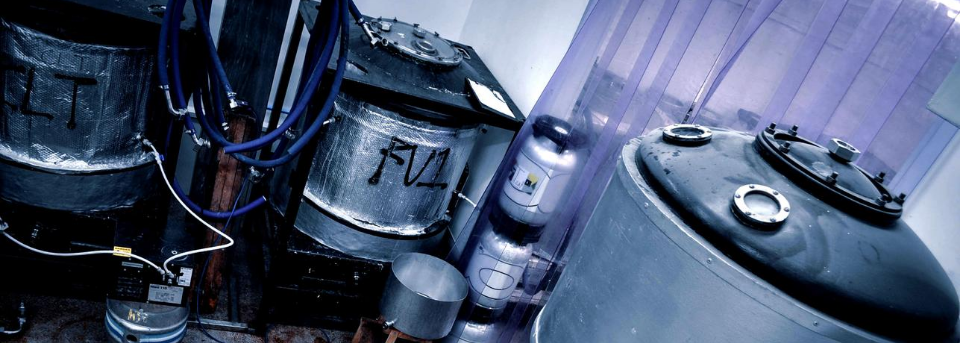
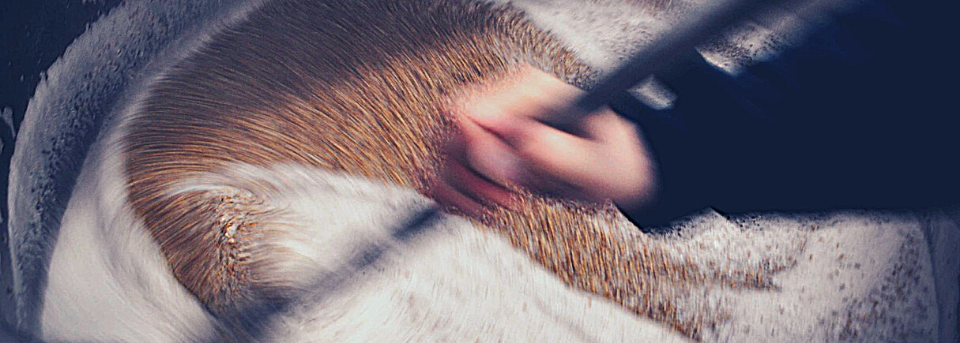
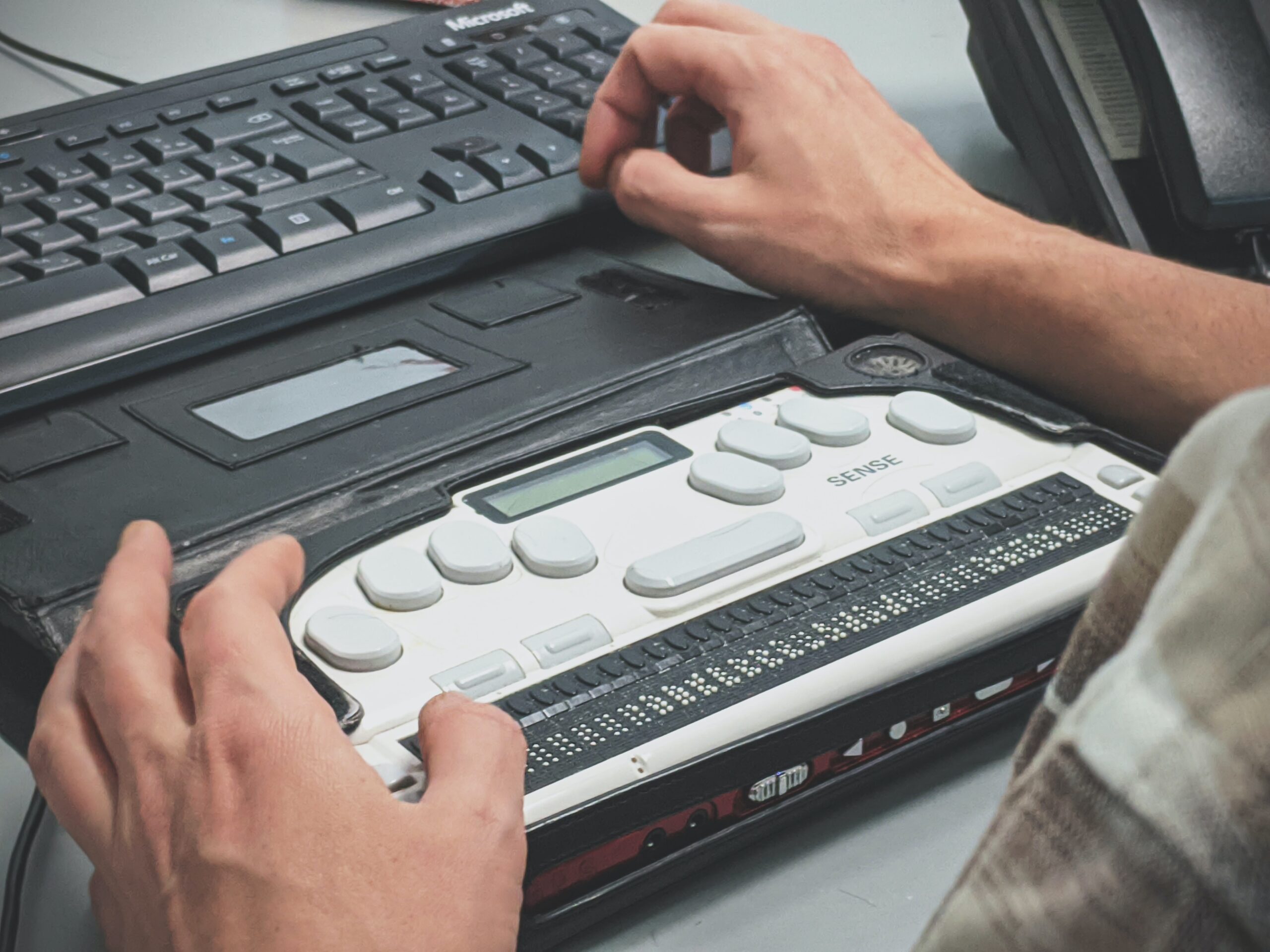
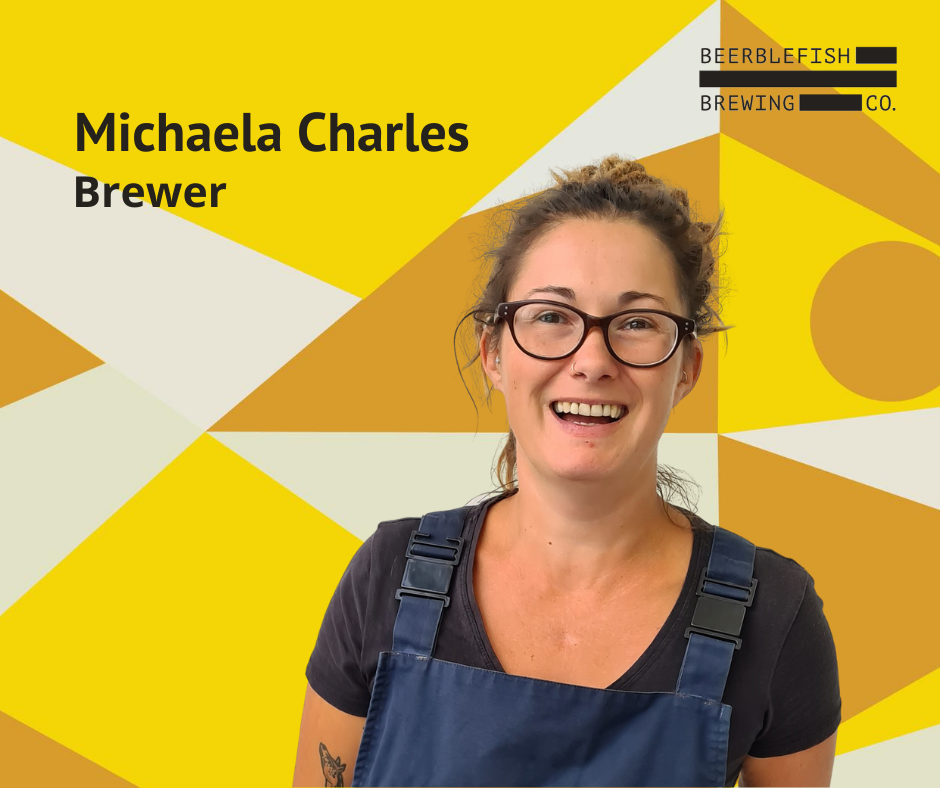


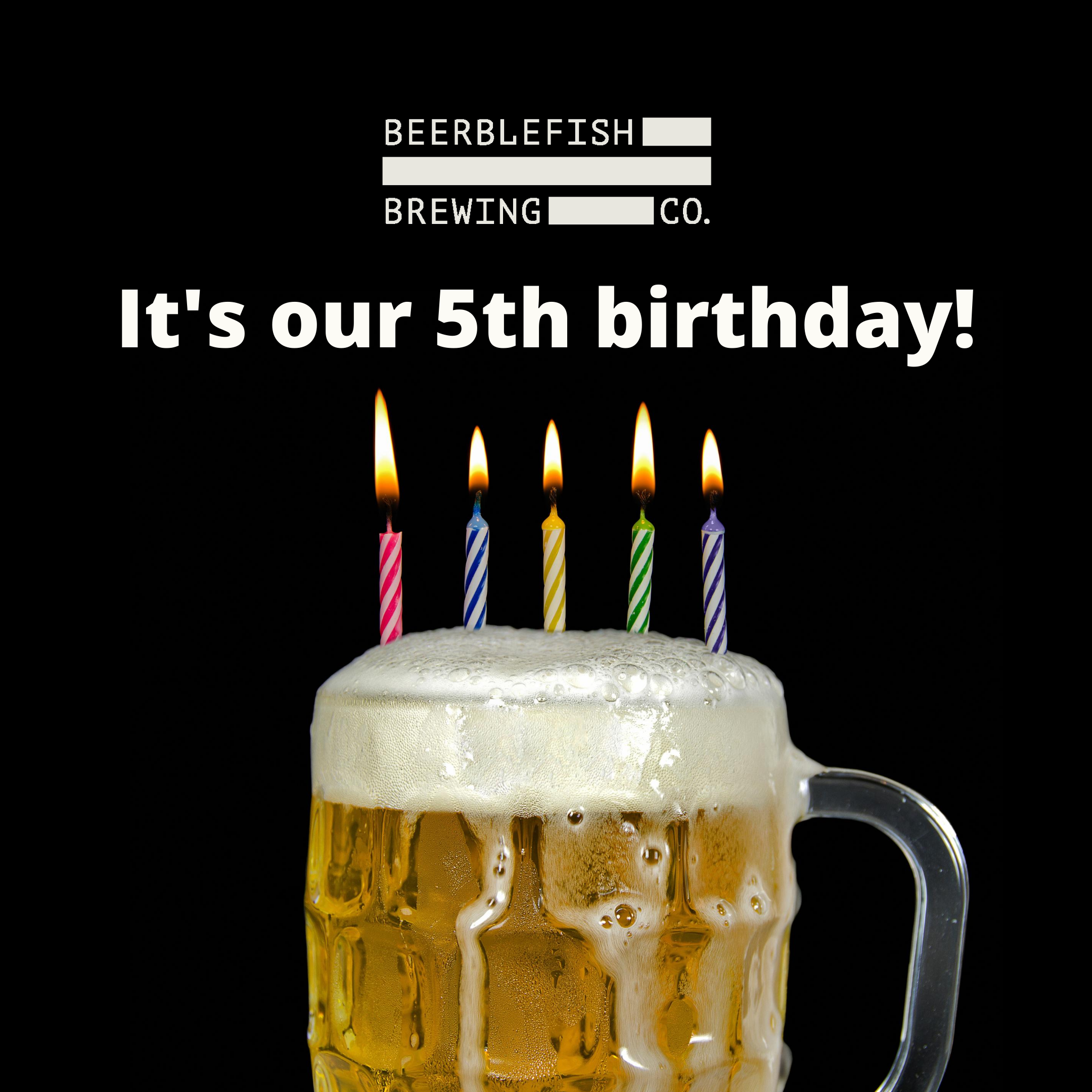
Recent Comments